Expo throwback: “Back side. Dos à la mode”
The only part of the body that we cannot see nor entirely touch.
The largest flat surface of our bodies.
The most resilient part that carries the literal weight of the shoulders, as well as the metaphorical burdens.
Yet, it’s probably one of the most neglected one too.
BACK.
The Expo
The back has come a long way to become what it is today – a symbol of feminine sensuality and a real competitor to the front focal points like cleavage, torso and chest.
To begin with, through 18th and 19th century, the “dresstails” that heavily covered the most majestic backs of kings and queens, demonstrated the power and wealth but also ensured the requested distance.
What’s more, the construction of some of the clothing pieces proved a striking ignorance towards the back! Let’s take the male suit as an example. It consisted of the obligatory waistcoat with an impeccably constructed front. And on the other hand, poorly created back.
Thankfully, the 20th century has written a new and much more vibrant history of the back. Where even the saying ‘Talking behind one’s back’ has taken on a whole new meaning. Because now at least that back had something more exciting to offer!
It has also become a devoted subject of artistic photography and an intriguing canvas for fashion designers.
To prove that the back is so much more than just a vulnerable part of our bodies, the Bordelle Museum, with their “Back side. Dos à la mode” exhibition is taking us on a trip that will reshape our vision of fashion.
Where the leading role is played by a bare, half-hidden, half-shown, cut-out, draped, embroidered, loose-fitting BACK.
Focus points
Did you know that humans have been carrying heavy weights on their backs since the prehistoric times? The most primitive backpacks helped to free the arms and hands during hunting, fighting or long migrations.
The mass culture welcomed this essential tool in 1984 when Prada launched the iconic, universal and extremely functional backpack. “From nada to Prada” I’ feel like quoting!
We already agreed that human’s subconscious nature tends to concentrate on the front side of the bodies. But it can also show… the unfortunate masculine superiority.
Even though both sexes have the same anatomical difficulty in reaching the back, it was always women’s clothes that were restricted by the ribbons, hooks, buttons or zips. Men, on the other hand, very rarely. Well, unless for severe medical reasons.
Hollywood
When Europe was fighting the plague of the WWI, the fashion focus changed the continents and travelled to the States. To be more precise – to Hollywood. The actors became the muses that both men and women were daydreaming about. It was also the same period when the Hollywood censorship code forbids to… show the breasts. And as a consequence, the creators and their stars maliciously start to highlight the backs. And so it becomes the symbol of sensuality, seduction and sex-appeal.
Let’s also not forget that being the flattest area of our bodies, the back is serving to entertain the onlookers. It is an ideal political tool to transmit the messages or simply an informative one that includes logos or names of the athletes.
Besides, it’s a cool way to express one’s individuality, style and convictions, isn’t it?
Who would’ve thought that the back can play such a significant role in the history of clothing and be so much more than just another anatomical part of our bodies?
From now moment on, I’ll make sure to always glimpse at the back side of fashion! And you?
“Back side. Dos à la mode”
Musée Bourdelle
18 Rue Antoine Bourdelle
75015 Paris
Full price ticket: 10 euro
Reduced price: 8 euro
Free for under 18 years old
Openings: Tuesday – Sunday 10:00 – 18:00 (closed on Mondays)
Until 17th November
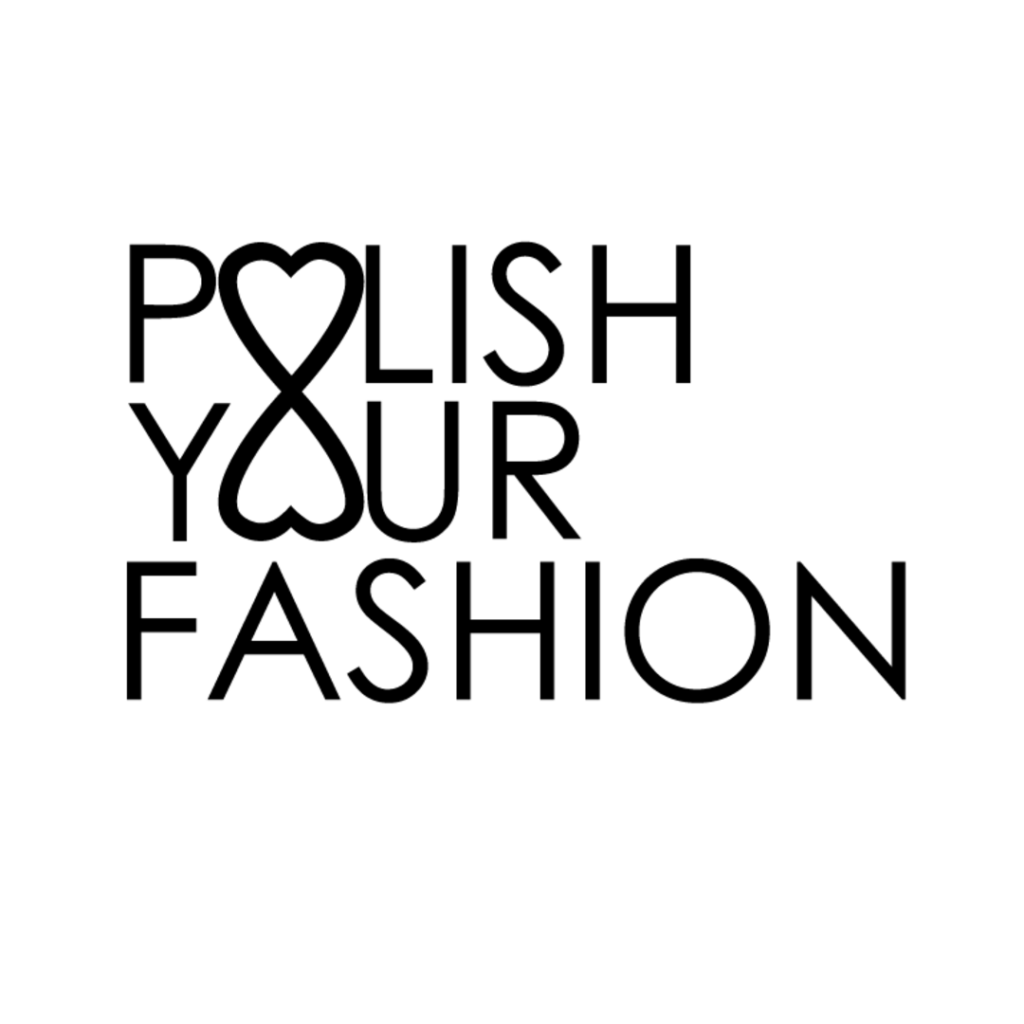
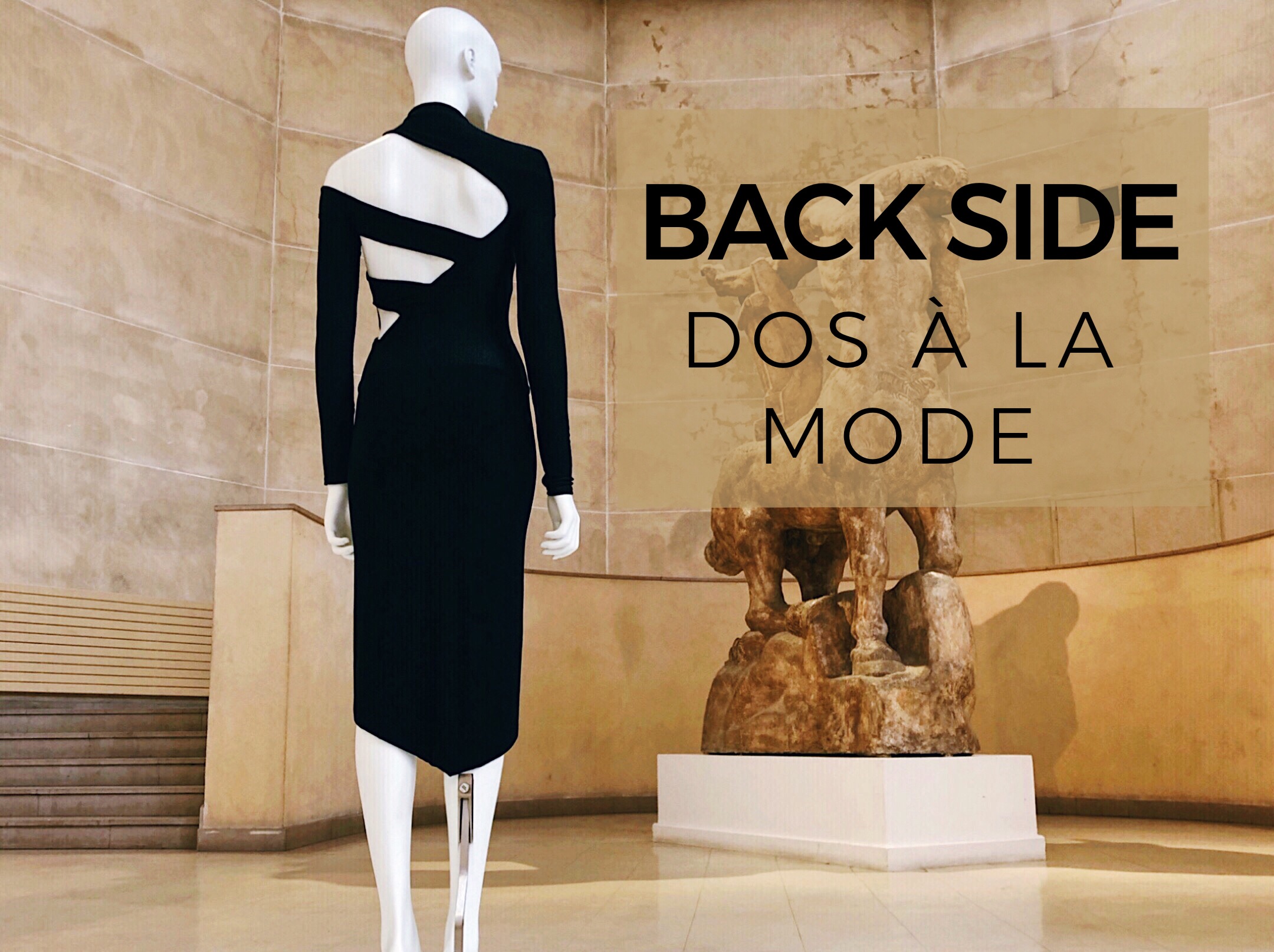




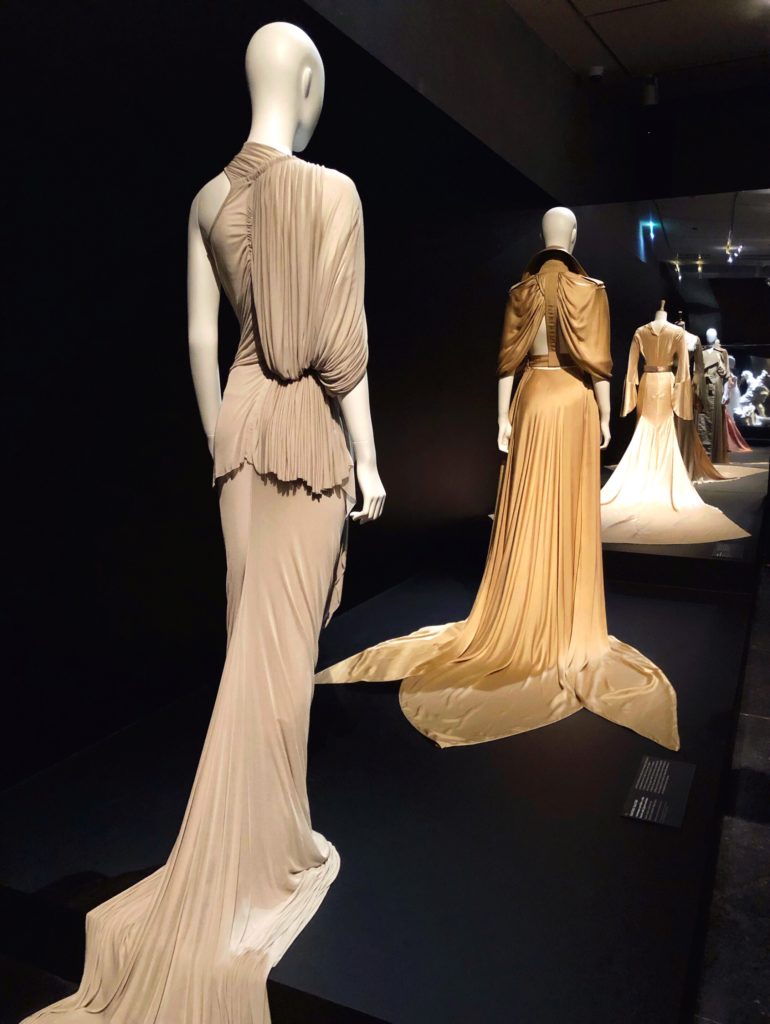
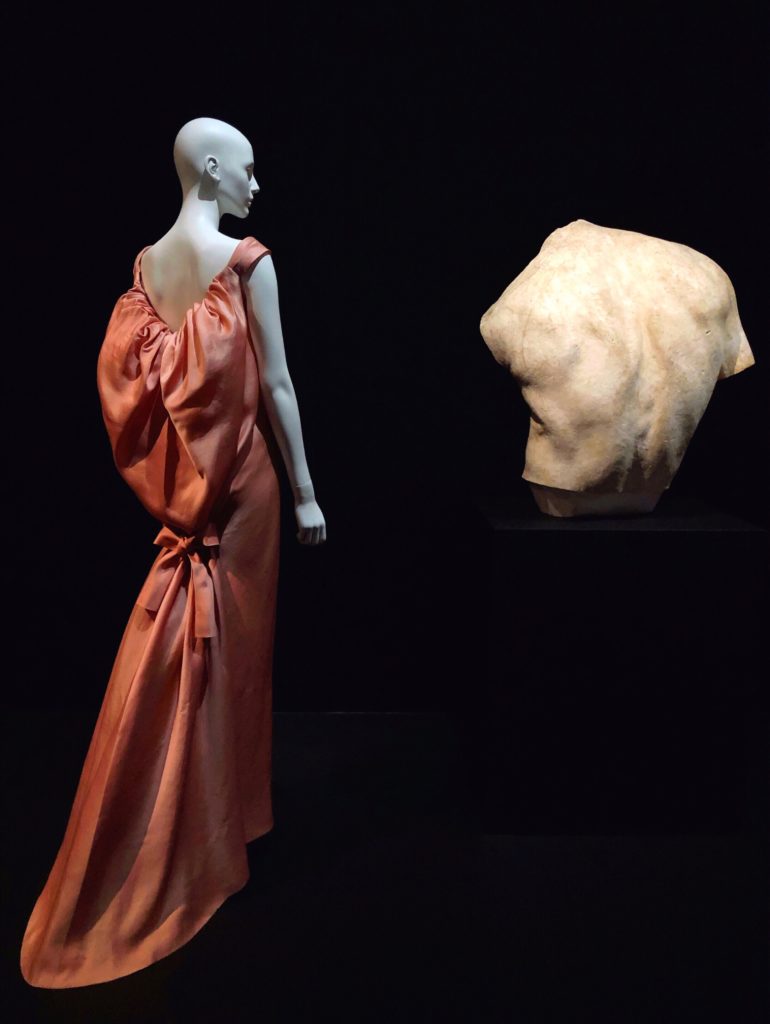
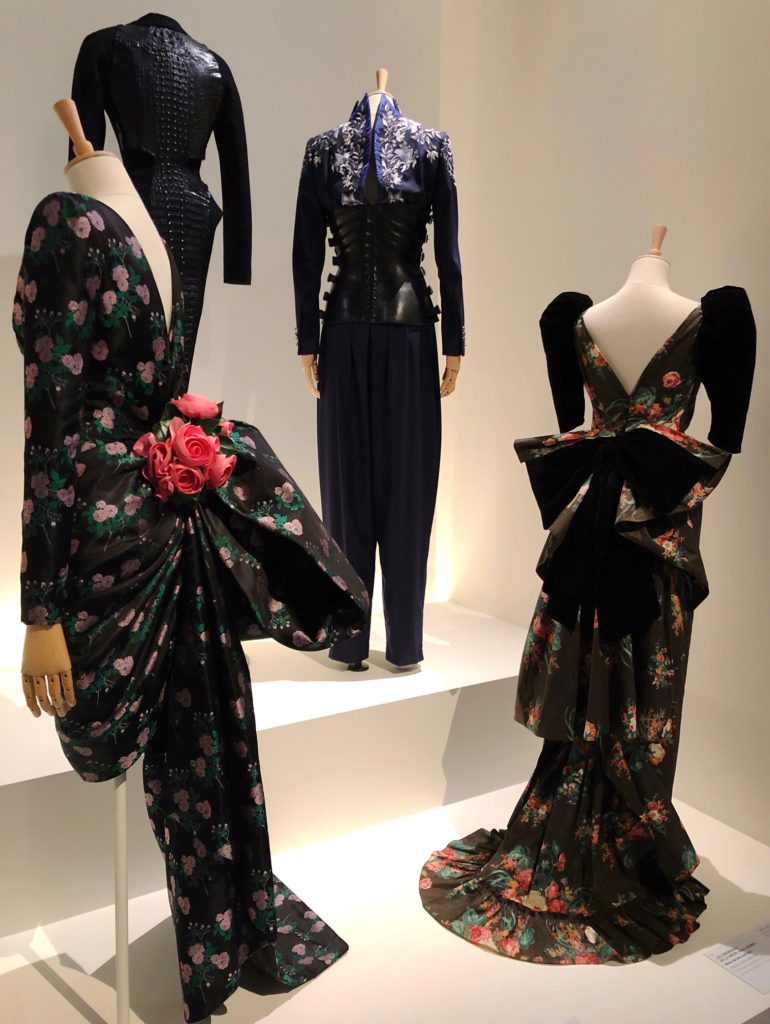
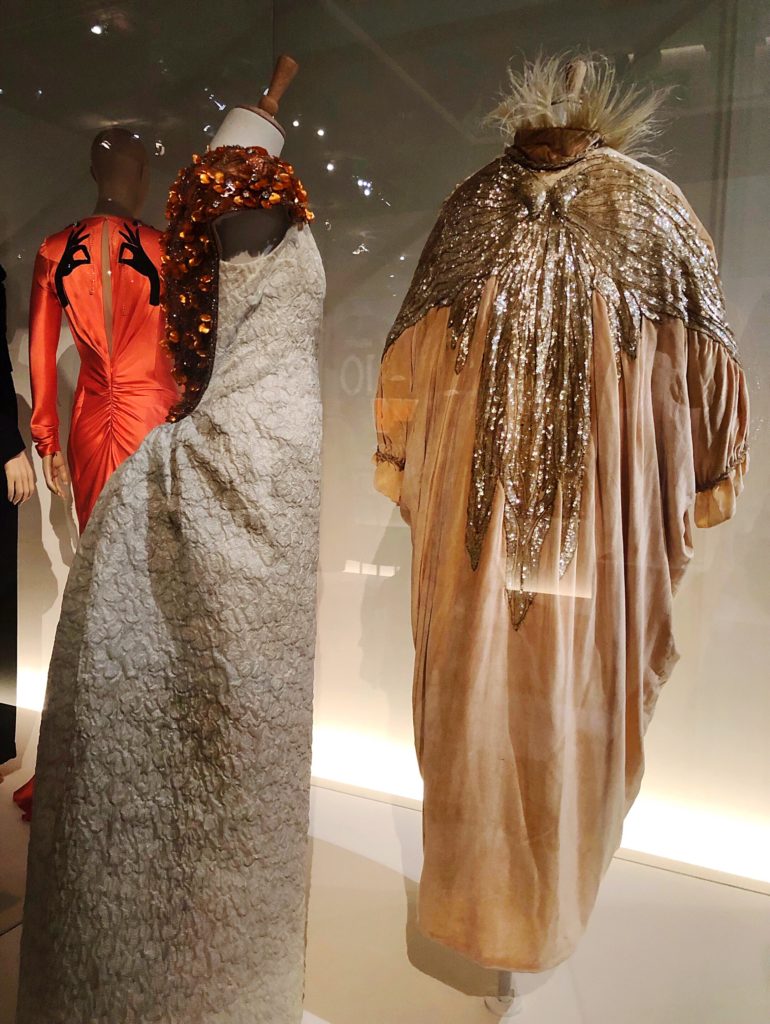

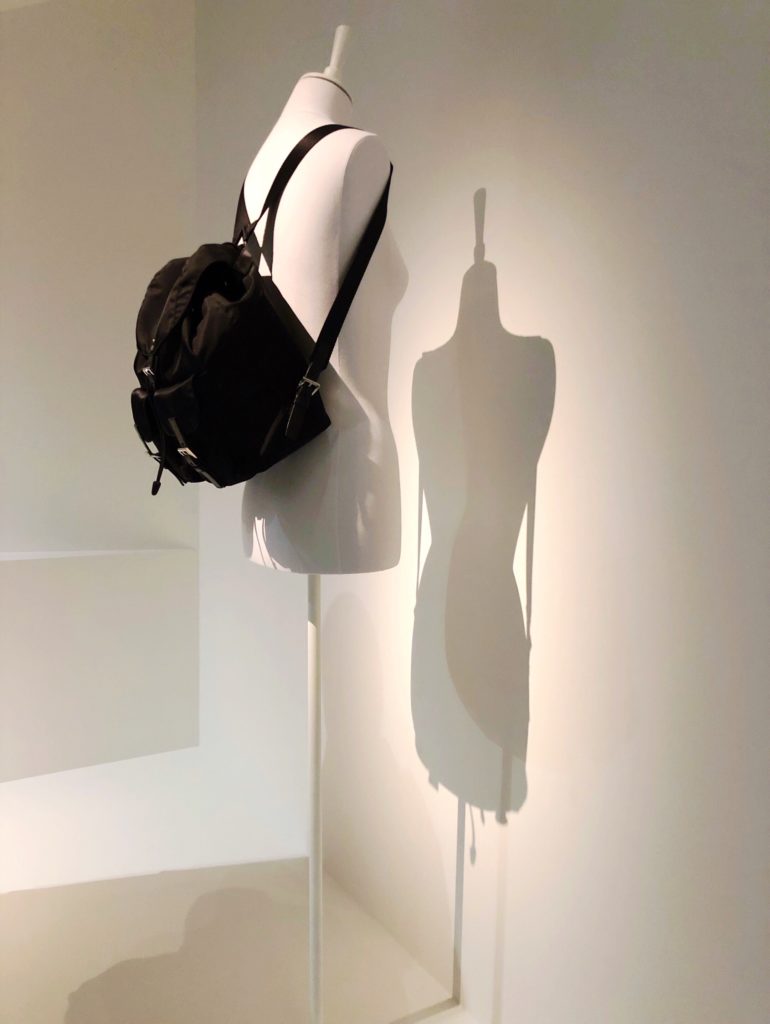
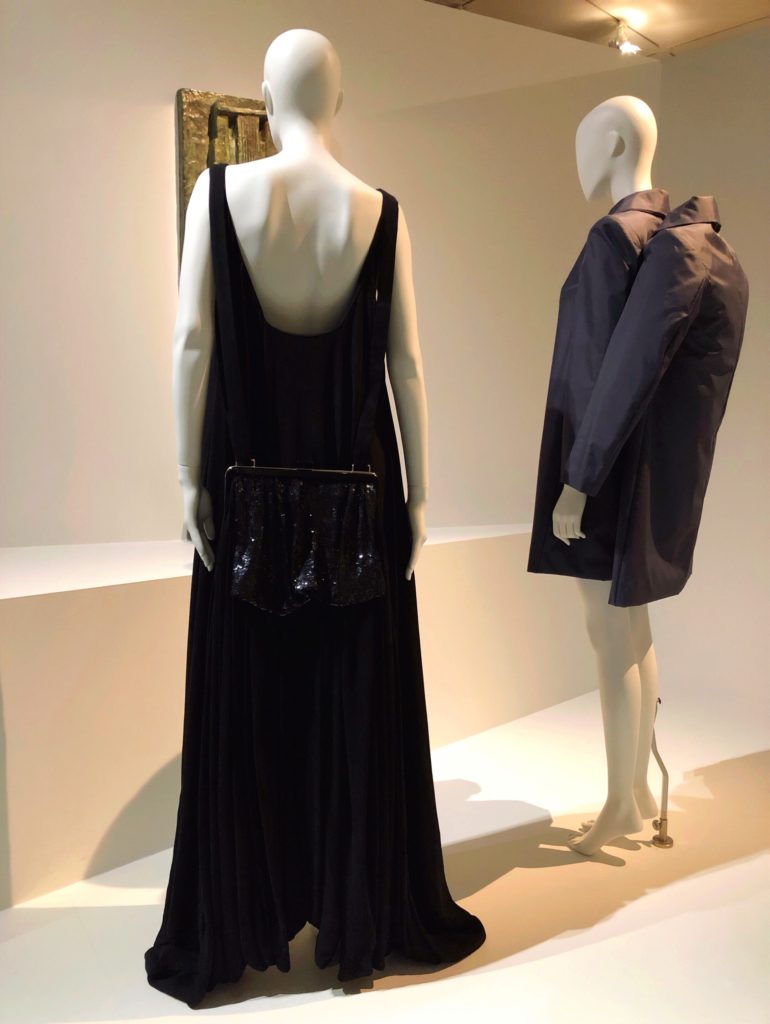
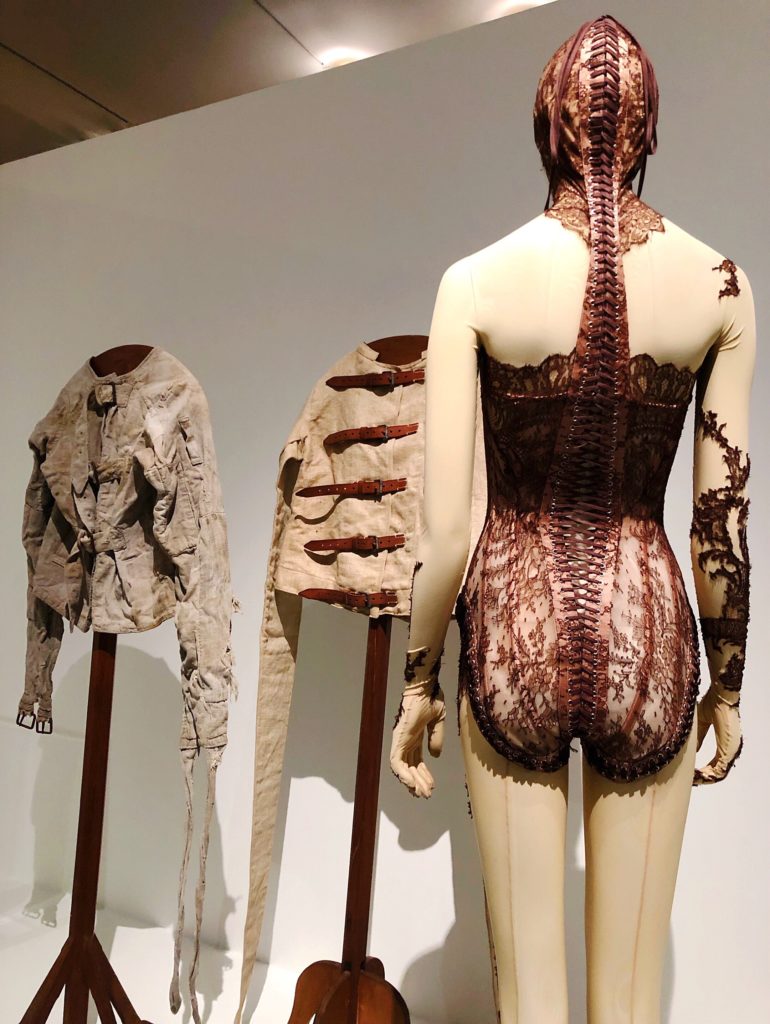
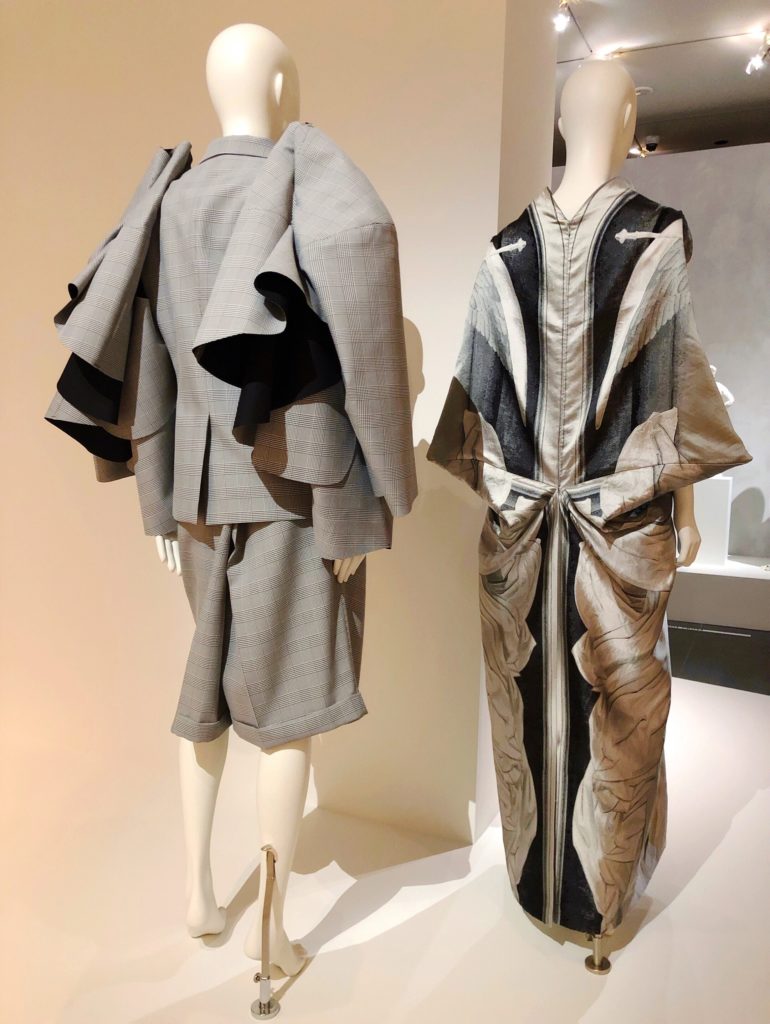
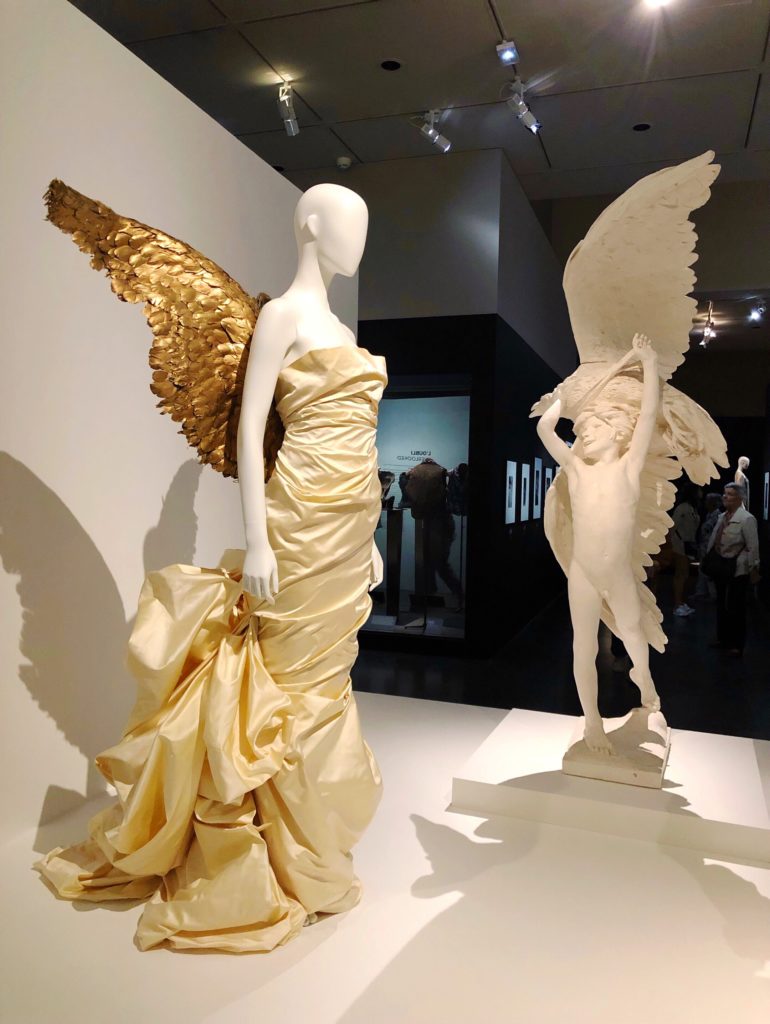
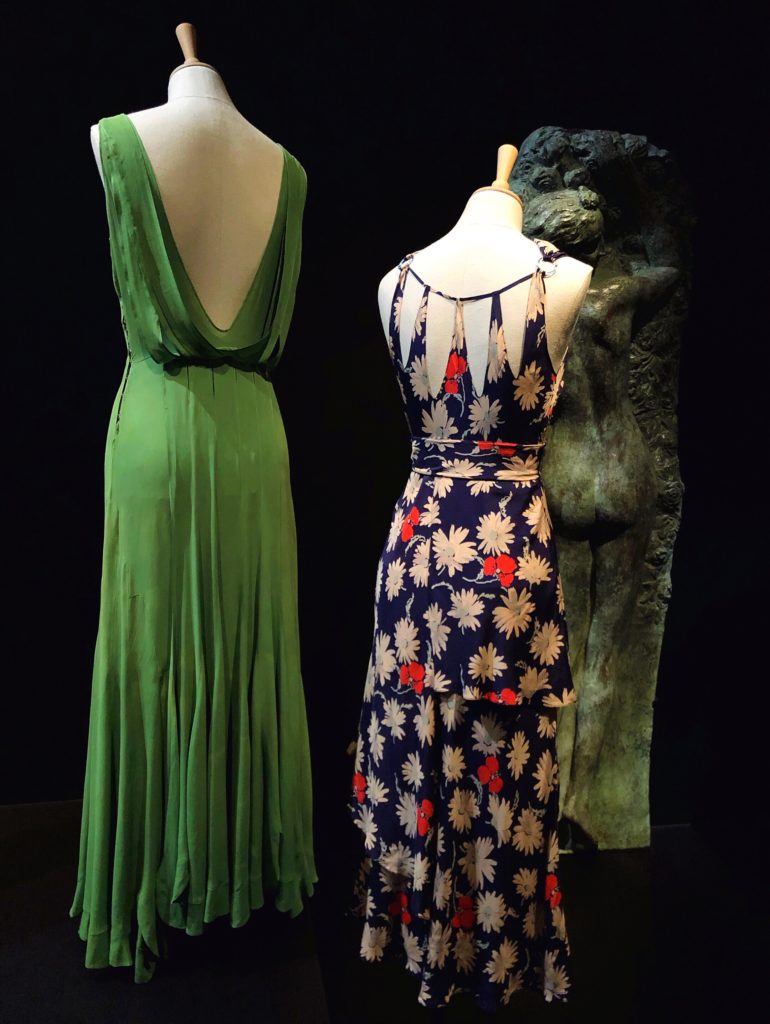
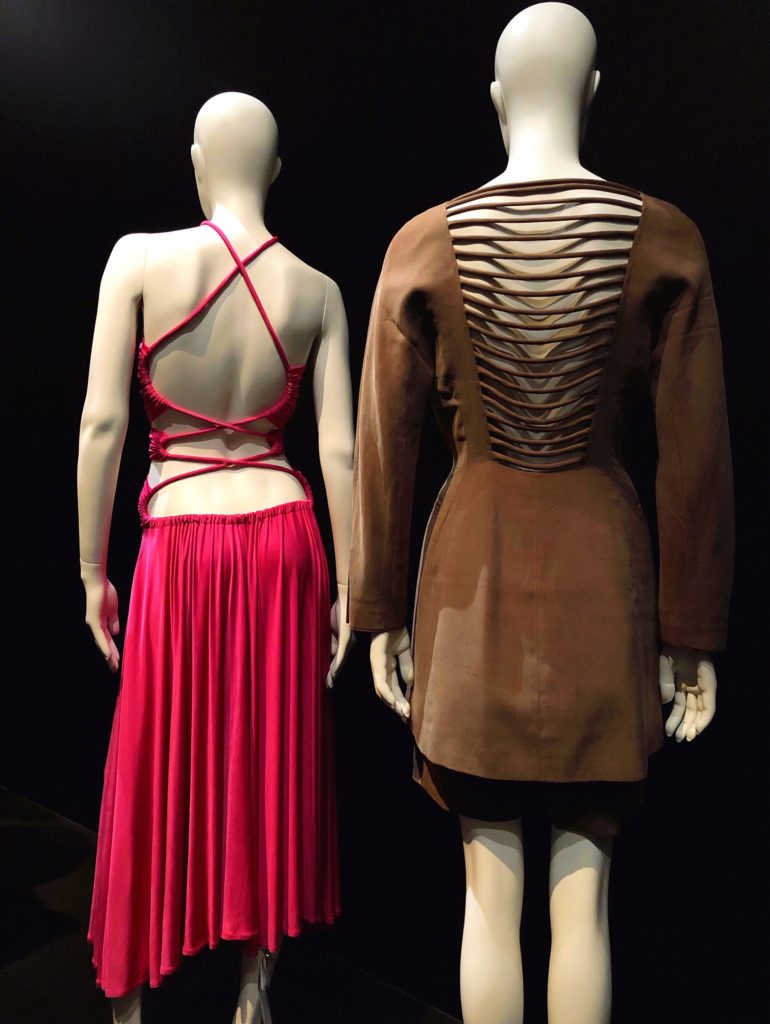
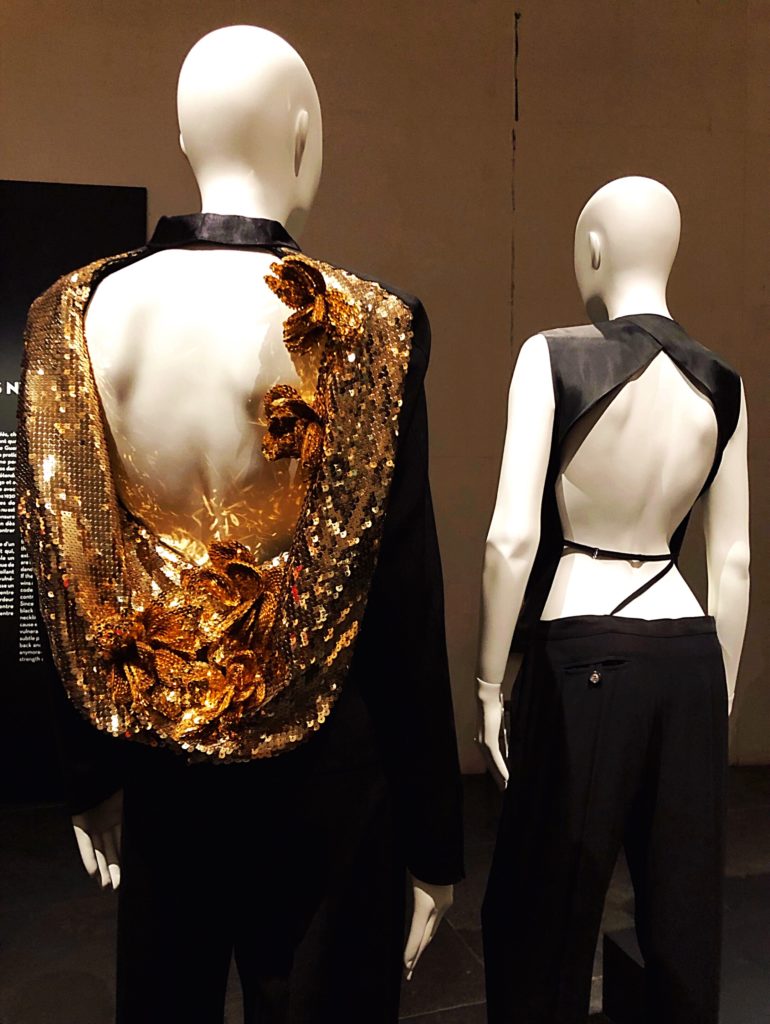
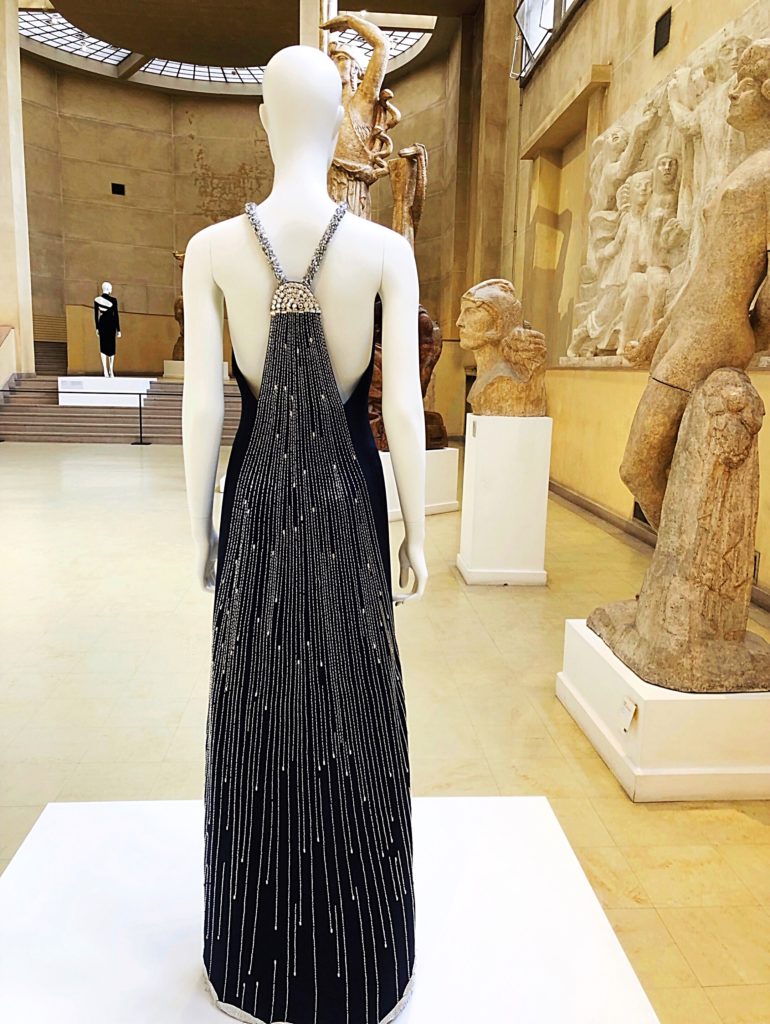
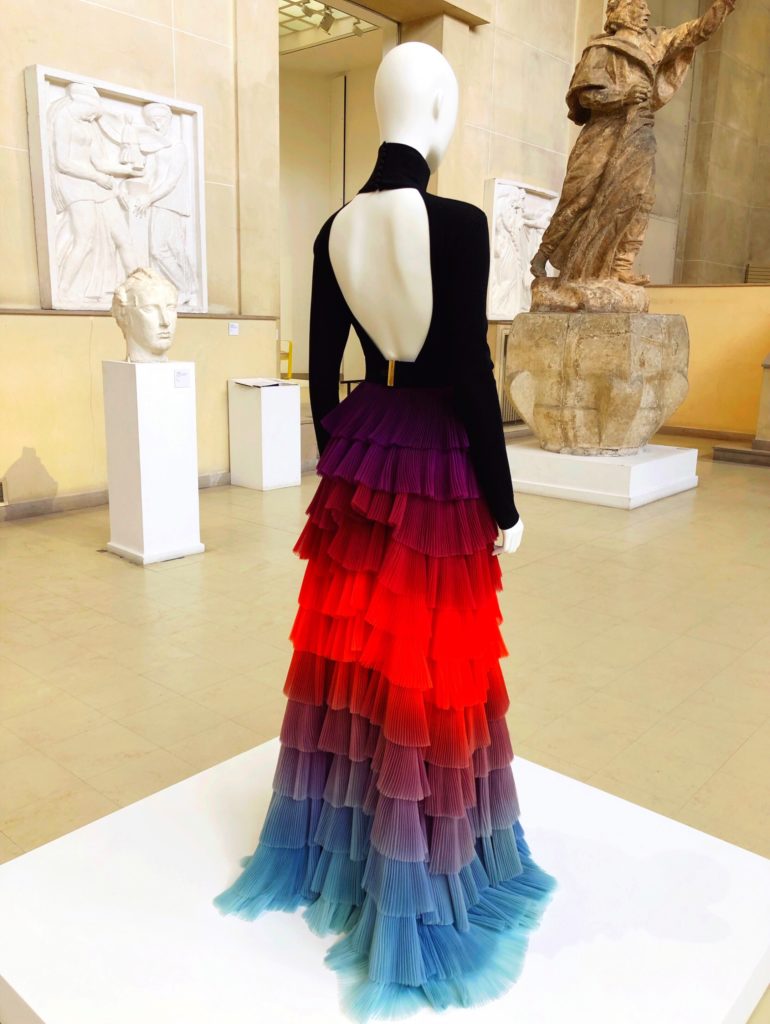
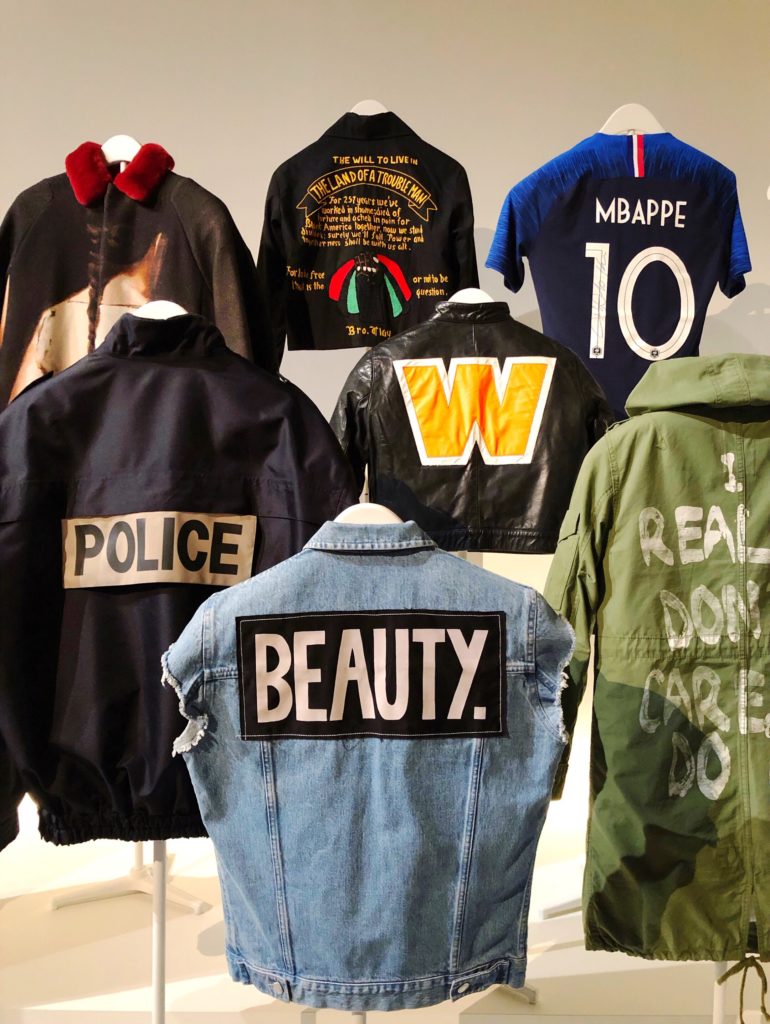
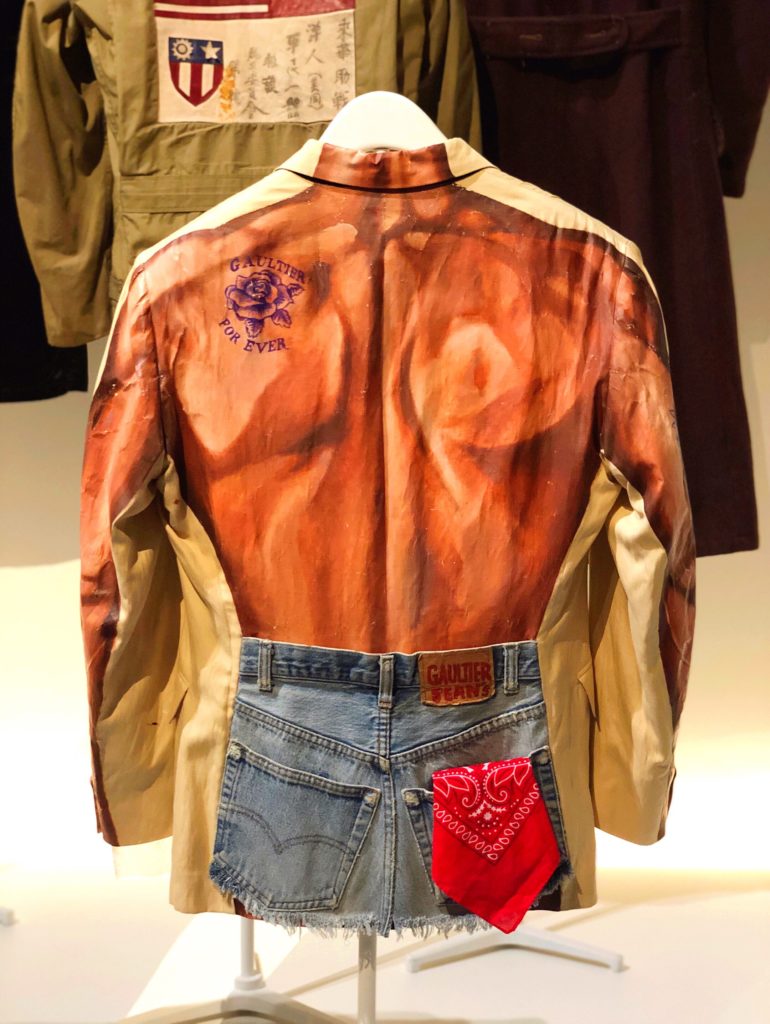
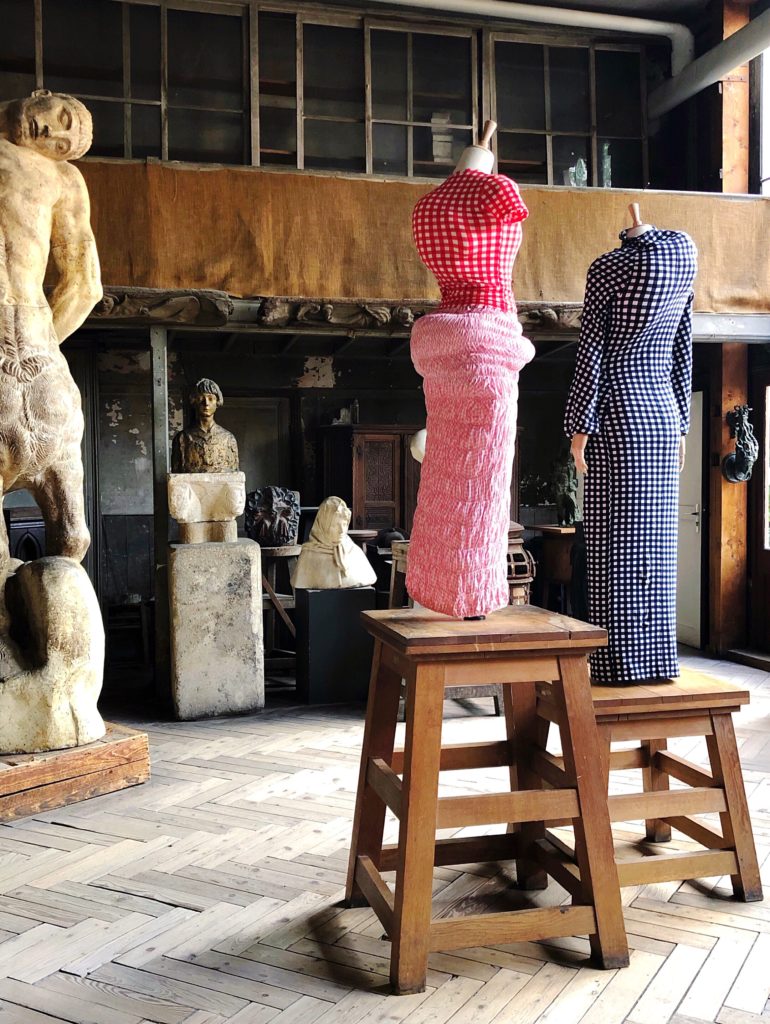
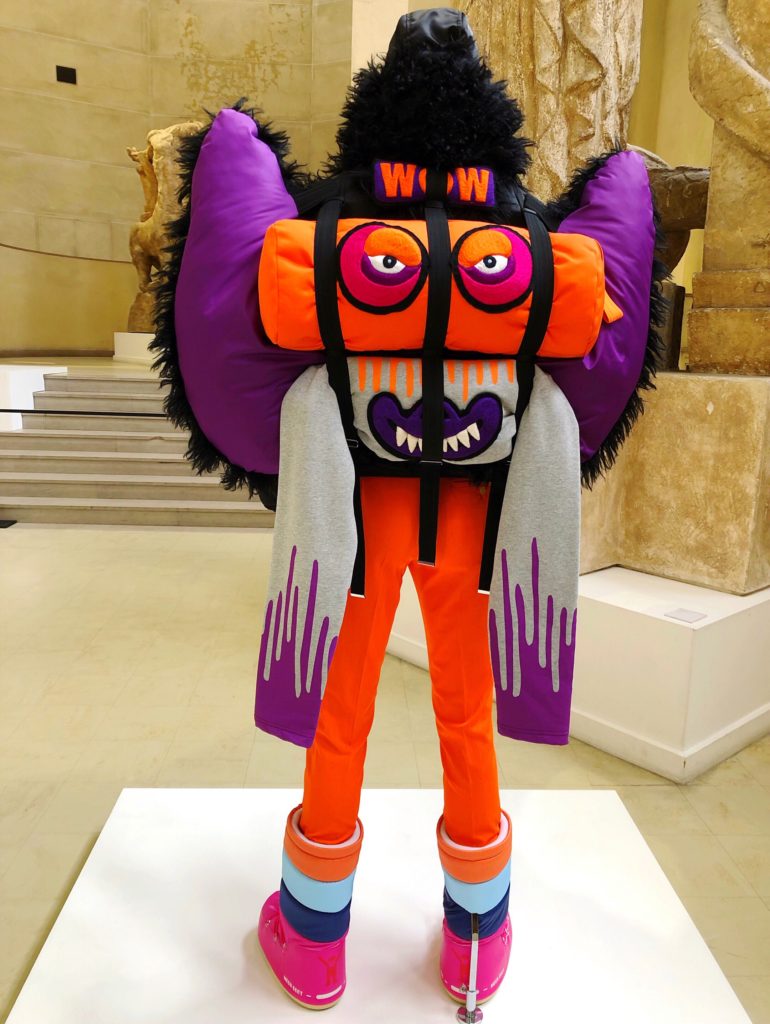
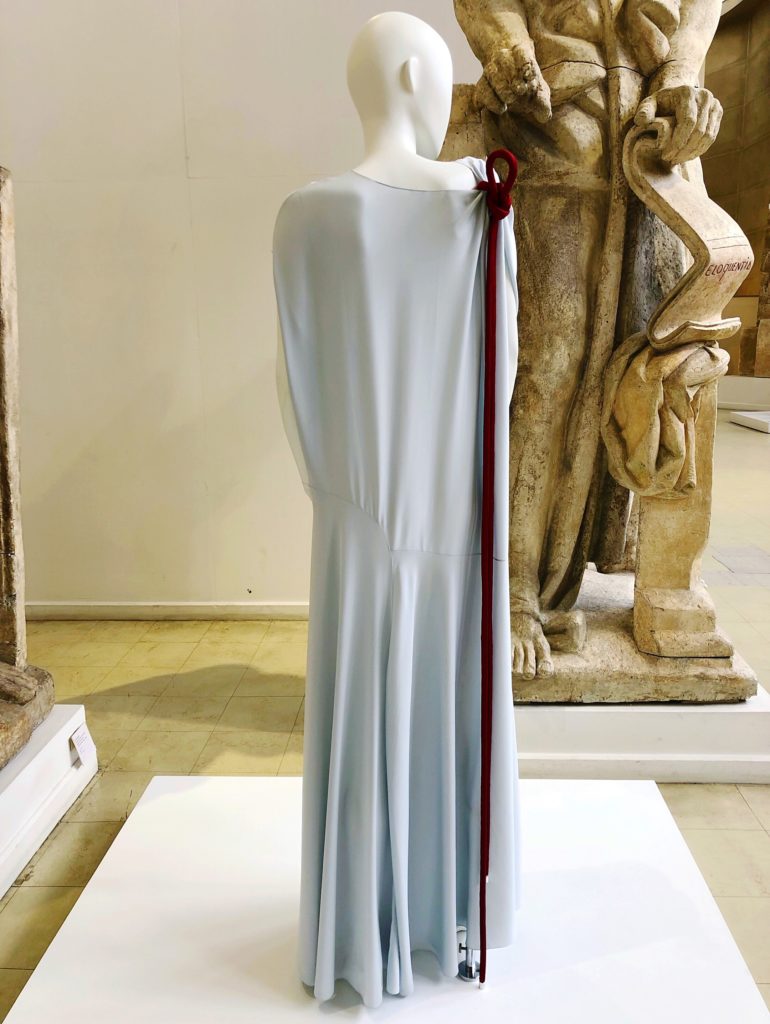


Fashion museums you should visit in Paris - Polish Your Fashion
04.03.2020 at 15:55[…] and his love for black in 2017 and the Backside of Fashion in 2019. Both have paved in strongly in the minds of all […]
The Best Of 2019 - Paris - Polish Your Fashion
28.12.2019 at 17:07[…] Expo throwback: “Back side. Dos à la mode” […]